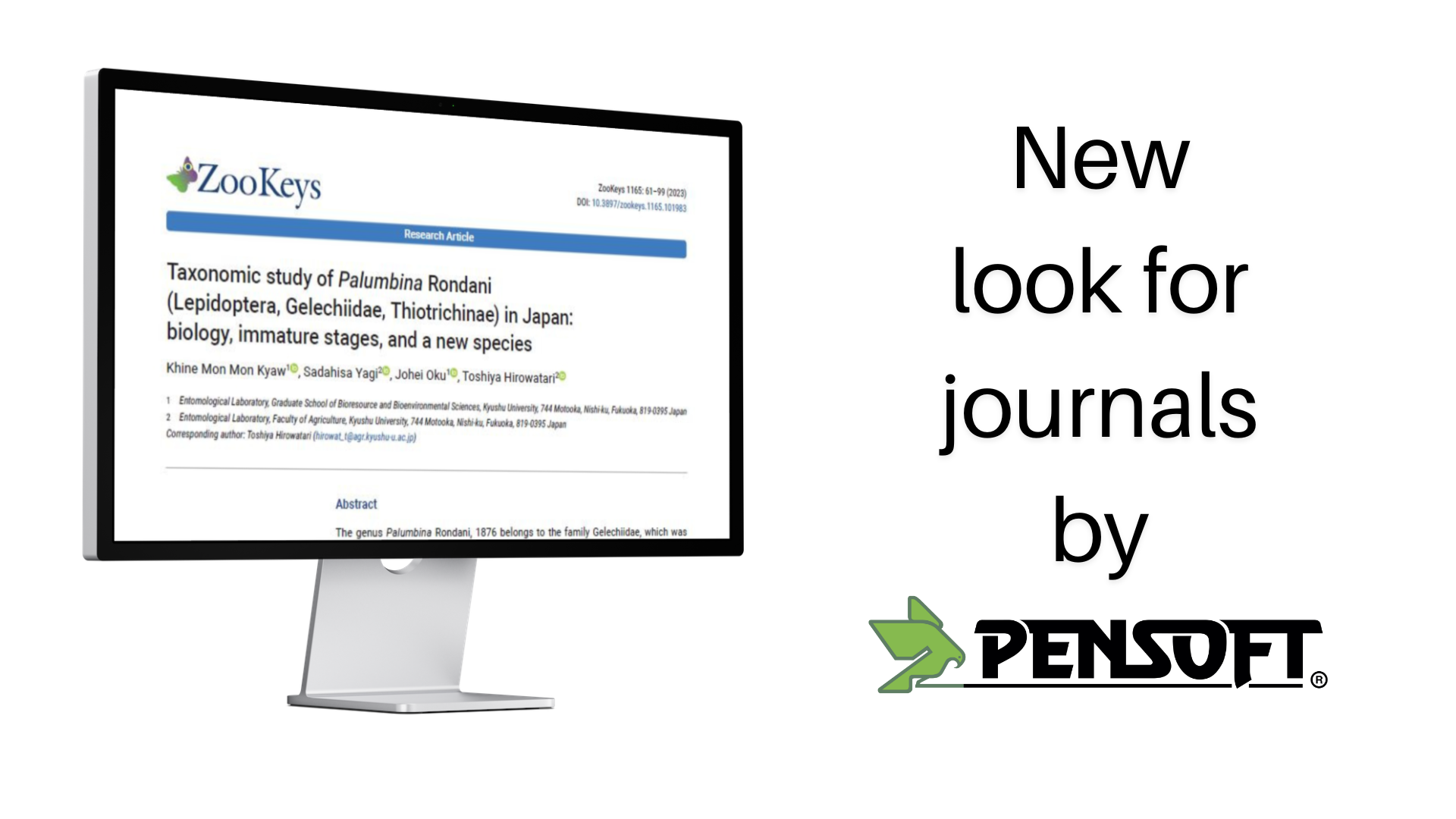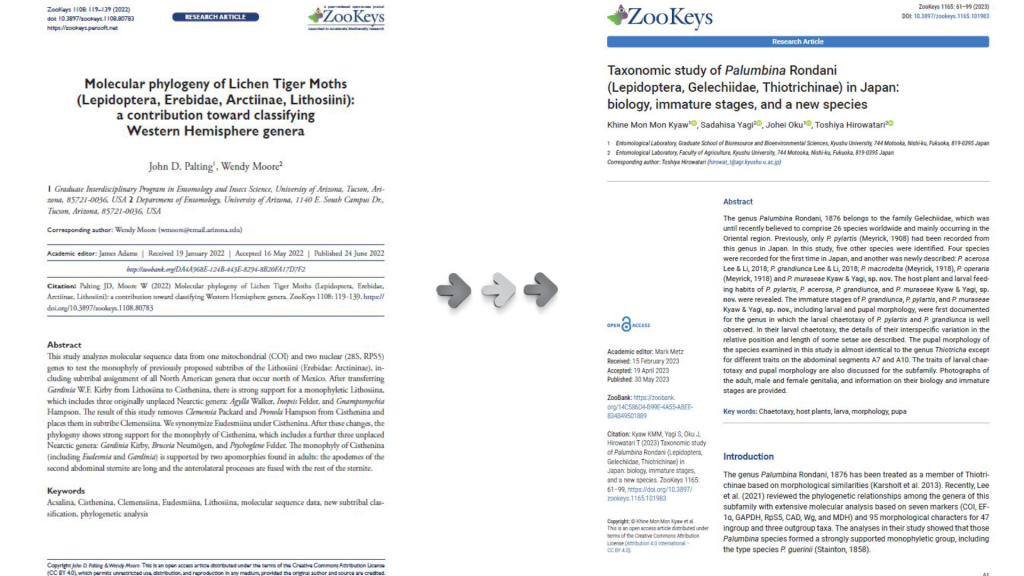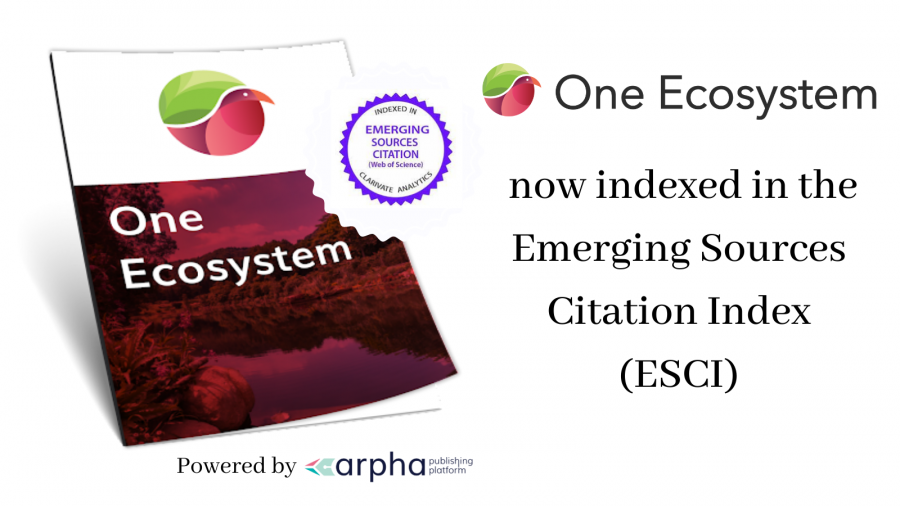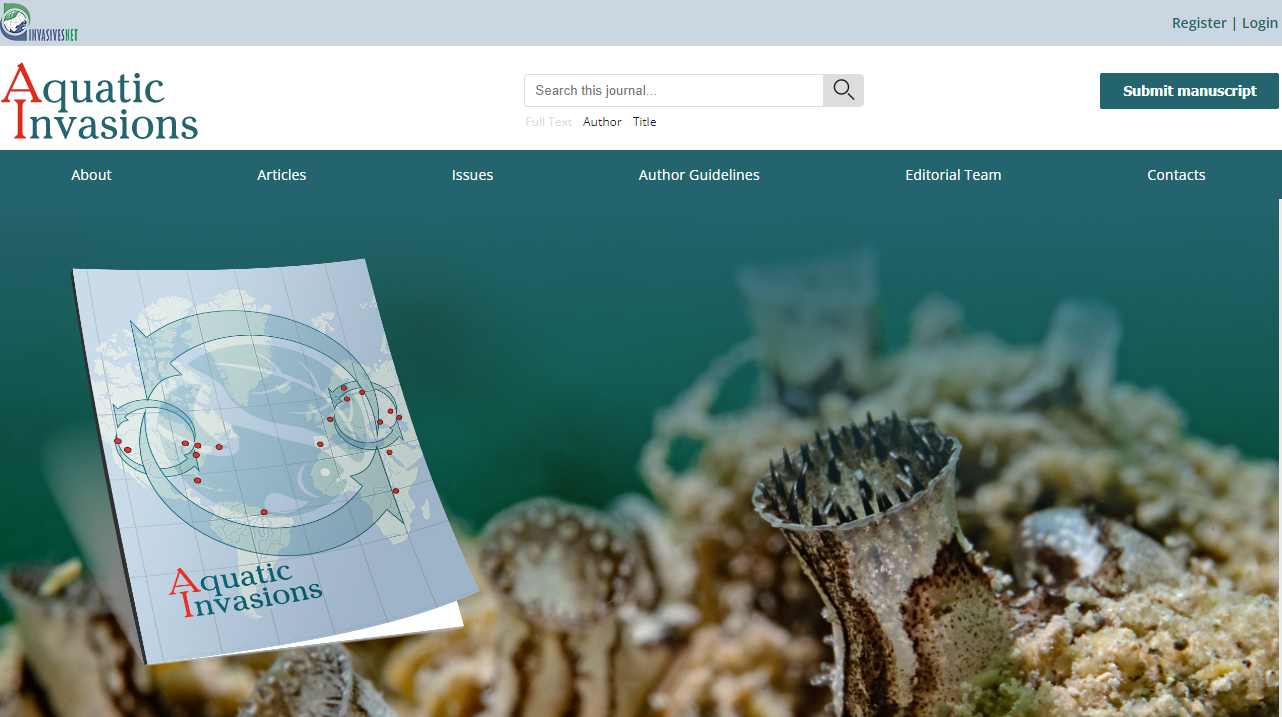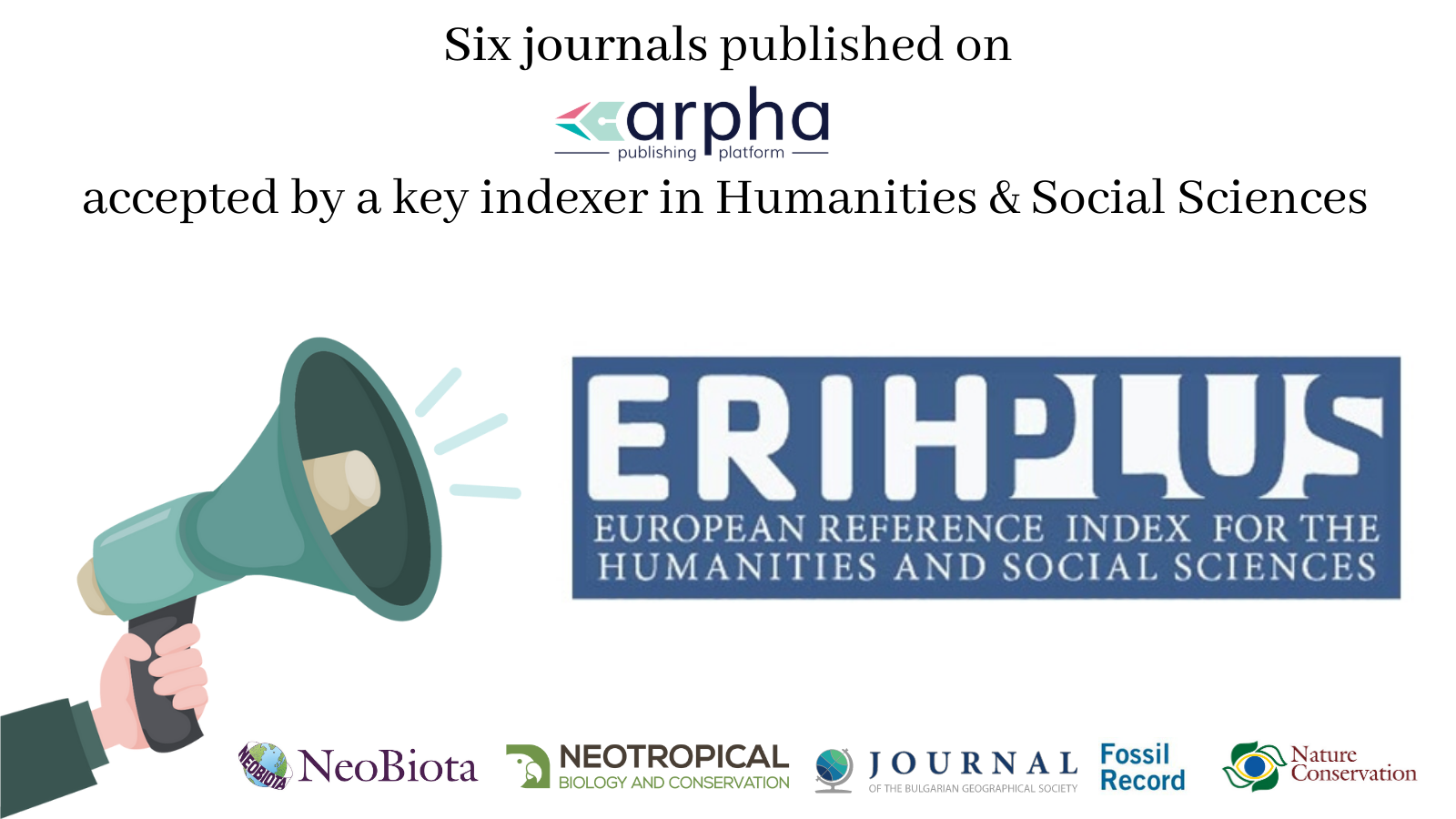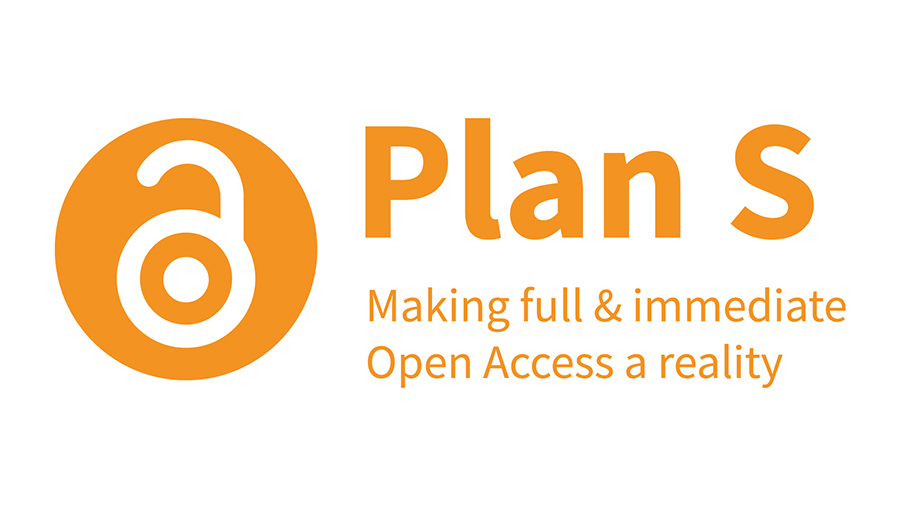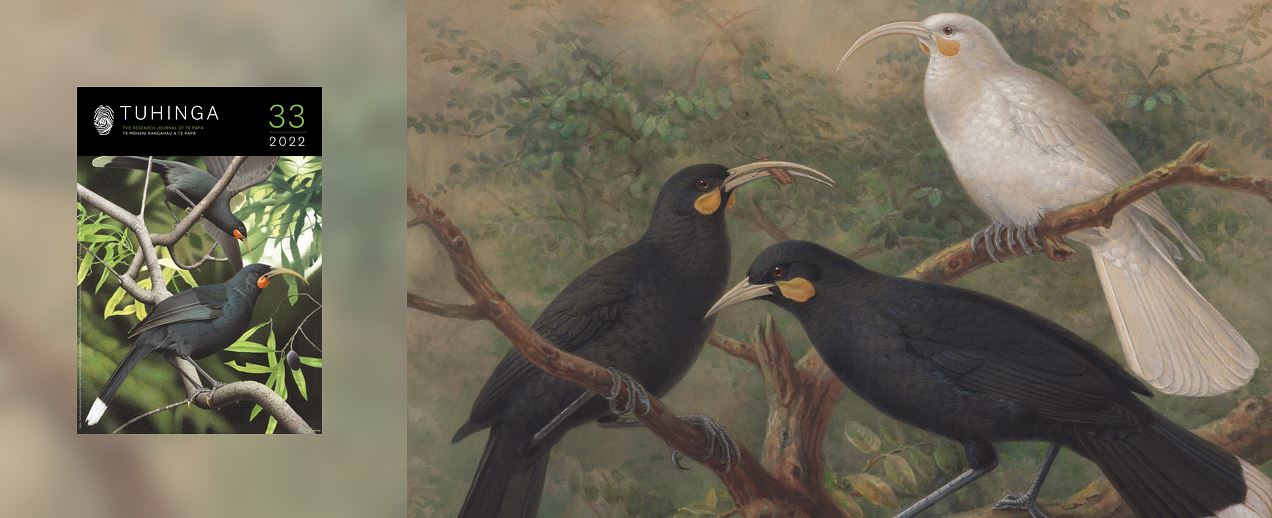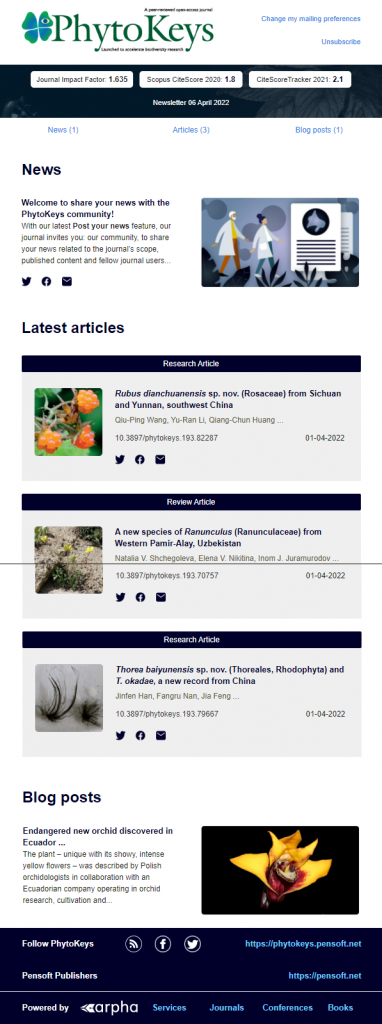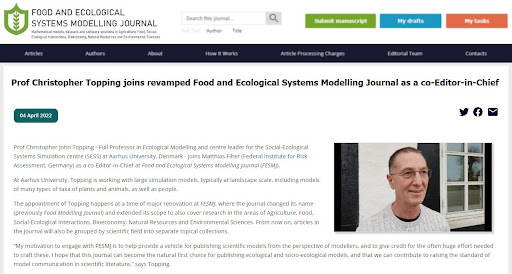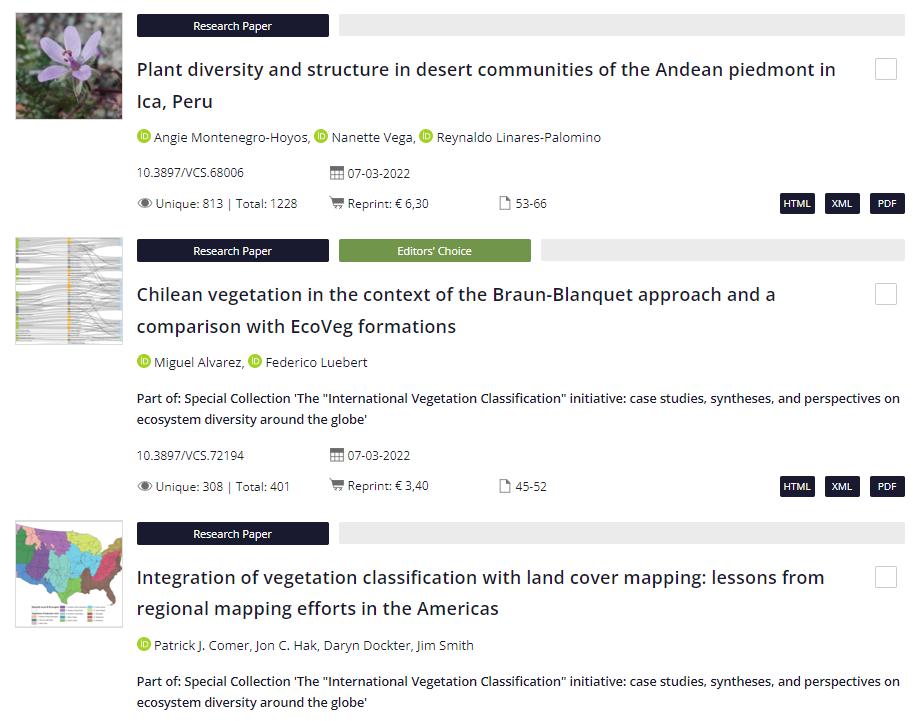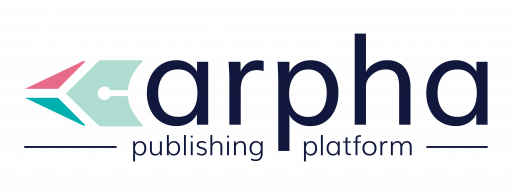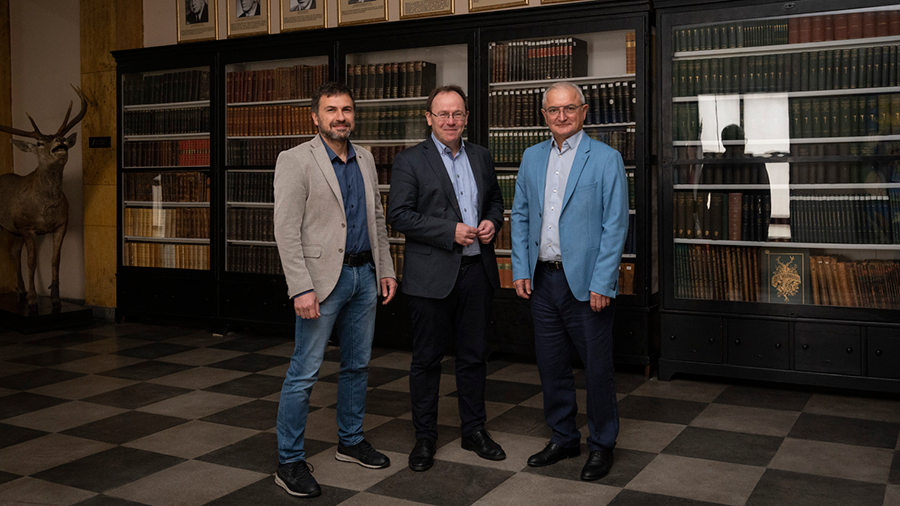
On 2 June 2023, we welcomed Prof. Klement Tockner, Director general of the Senckenberg Society for Nature Research, who travelled to Bulgaria to meet with Pensoft’s and the National Museum of Natural History’s (NMNHS) senior management to discuss current and future collaborations.
The visit took place in the NMNHS, where Tockner had fruitful discussions with Pensoft’s founder and CEO Prof. Lyubomir Penev and Prof. Pavel Stoev, Director of the Museum and COO at Pensoft.
An important point in the discussion was the performance of the four scientific journals, owned by the Society, which moved to Pensoft’s publishing platform ARPHA a couple of years ago, and marked the beginning of a fruitful and highly promising partnership.
On the agenda was also the opportunity for an Open Access agreement to be signed between the Society and the publisher, in order to support researchers who wish to publish in any Pensoft journal.
Tokner was also curious to learn more about the additional publishing services, provided by Pensoft via the ARPHA platform, including the various and continuously elaborated data publishing workflows, and the opportunities to streamline the description of new marine species, identified from DNA material.
In early 2021, the Senckenberg Society for Nature Research signed with the publisher to move three of its legacy titles from the natural sciences domain: Arthropod Systematics & Phylogeny, Contributions to Entomology, Geologica Saxonica and Vertebrate Zoology. Later, in November, the journal Contributions to Entomology followed suit. All four of them went for the white-label publishing solution available from ARPHA, designed to preserve the exclusive identity of historical journals.
The partners also talked about further extending the collaboration between Senckenberg and Pensoft to European Commission-funded scientific projects. Tokner was particularly fascinated with the progress made by the currently undergoing project Biodiversity Community Integrated Knowledge Library (BiCIKL), coordinated by Pensoft and involving 14 European institutions from ten countries. Additionally, over the past 20 years, Pensoft has also partnered in over 50 different consortia as a publisher, science communicator and technology provider.
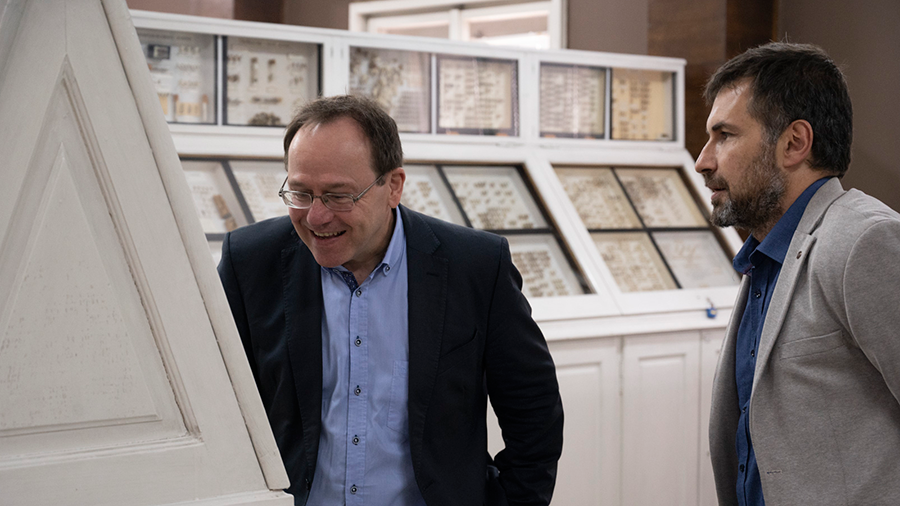
In his role as Director of the NMNHS, Stoev used the occasion to tour Tockner around the NMNHS collections and tell him more about the Museum’s latest achievements and projects, as well as its traditions in the fields of human evolution research and paleornithology.
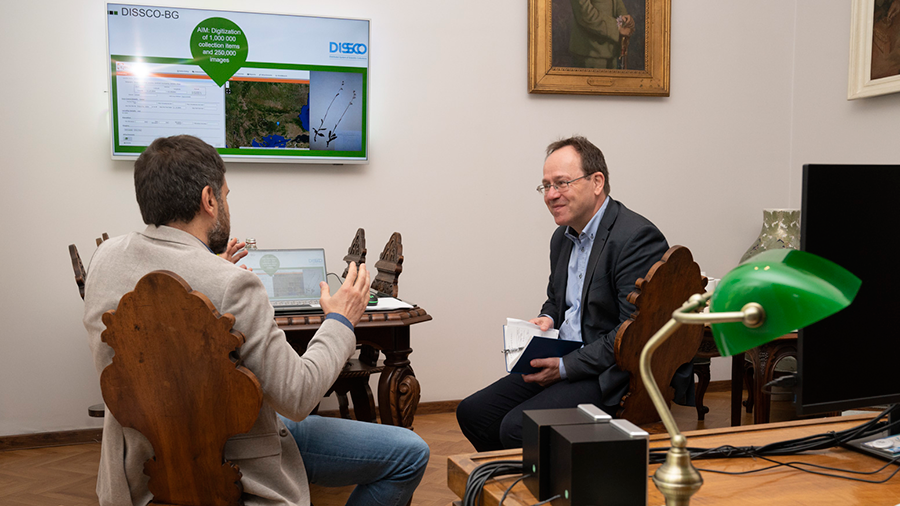
The two also engaged in a vivid discussion about the poorly studied biodiversity in Bulgaria and the region, but also about the recent efforts of the NMNHS team, including the launch of a Bulgarian national unit of DiSSCo tasked to digitise a large proportion of the institution’s collection in the next three years. Tokner and Stoev also talked about the need of additional networking activities and closer collaborations between smaller natural history museums across Europe that could be mediated through the Consortium of European Taxonomic Facilities (CETAF), where Senckenberg is an active member.
***
Follow ARPHA Platform on Twitter and LinkedIn for further updates.

